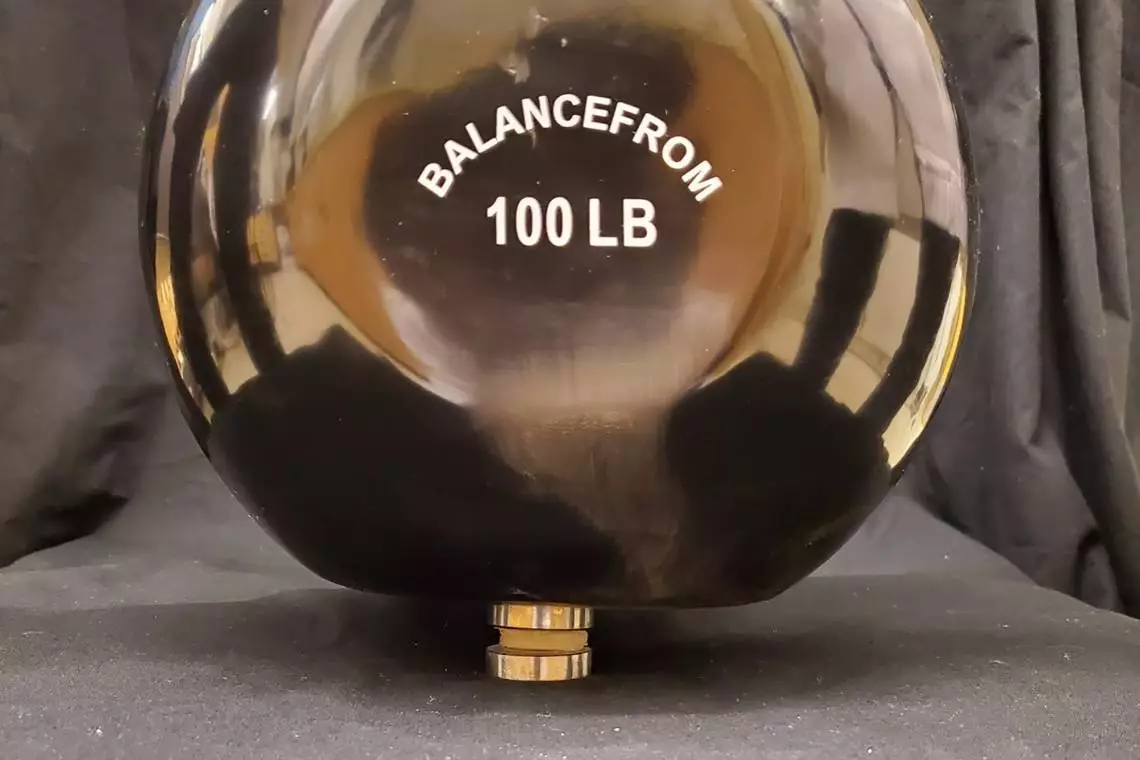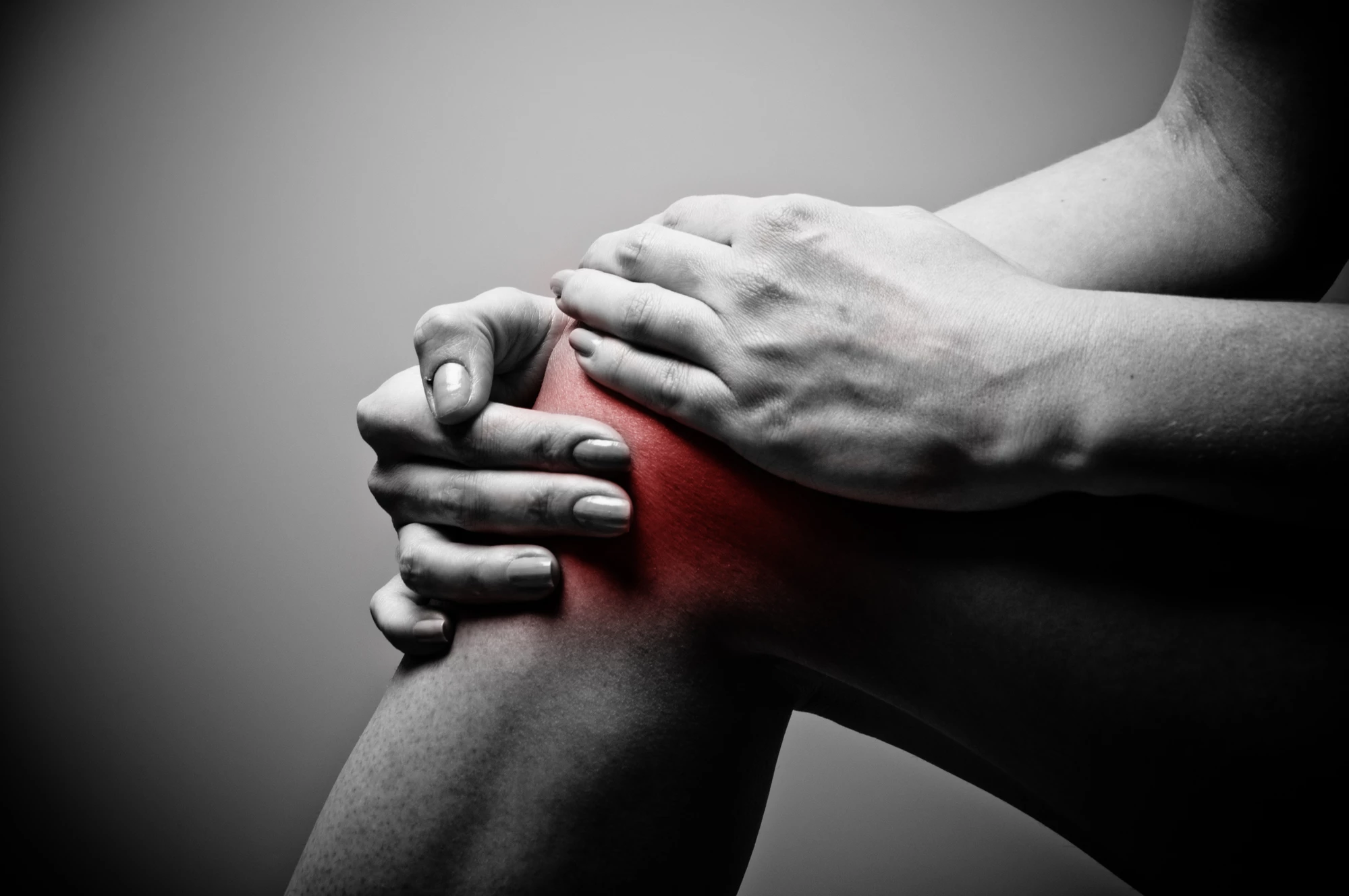Cartilage plays a crucial role in your knees, but unfortunately once it’s damaged or worn out it’s hard to repair. A replacement is often required, but these aren’t as good as the real thing. Now, researchers at Duke University have created a new hydrogel that’s strong enough to withstand forces as well as natural cartilage.
The knee is a major stress point of the human body, so the cartilage there has to be strong enough to support a person’s weight, but soft enough to cushion against the intense forces of every step. But when this useful stuff is injured, or wears out after decades of constant use, it doesn’t heal very well. Sometimes the only thing left to do is a total knee replacement, but these are never as good as the original equipment.
Hydrogels have long been studied for their potential as a cartilage replacement material. These are a versatile class of materials that, as the name suggests, are a gel mostly made of water. They're increasingly finding medical use for things like helping wounds heal, stemming bleeding, and even stimulating tissue regrowth.
Promising as they might seem as cartilage replacements in knees, hydrogels have mostly been too weak to support so much weight. But now, the Duke researchers claim to have created a new version of the material that has the mechanical properties of cartilage.
The new hydrogel is made up of several meshes of polymer strands, woven together. One of these networks is comprised of stretchy strands, while the second is more rigid and has strands with a negative charge. The third mesh contains cellulose fibers to reinforce the structure.
All together, the three networks grant the hydrogel the ability to snap back to its original shape after being stretched or squeezed. The cellulose fibers help for the first point, since they resist being pulled and keep the material from tearing apart. The rigid polymer network, meanwhile, pushes back against squeezing forces, since the negatively-charged strands repel each other.
“Only this combination of all three components is both flexible and stiff and therefore strong,” says Feichen Yang, co-author of the study.

In tests, the team demonstrated the abilities of the new hydrogel. A coin-sized disk of the stuff was able to hold up a 100-lb (45-kg) kettlebell weight without tearing or losing its shape. It was stretched 100,000 times, and found to hold up just as well as a porous titanium currently used for bone implants. This was even stronger than the team expected.
And finally, it was also rubbed against a sample of natural cartilage a million times, and was found to be as wear-resistant as the real stuff, and four times more resistant than existing synthetic cartilage.
The team says that the new hydrogel shows promise for use as a replacement for damaged cartilage in knees, but such clinical uses will still be a few years away at the earliest. In the meantime, the researchers next plan to design an implant that can be tested in sheep.
The research was published in the journal Advanced Functional Materials.
Source: Duke University




